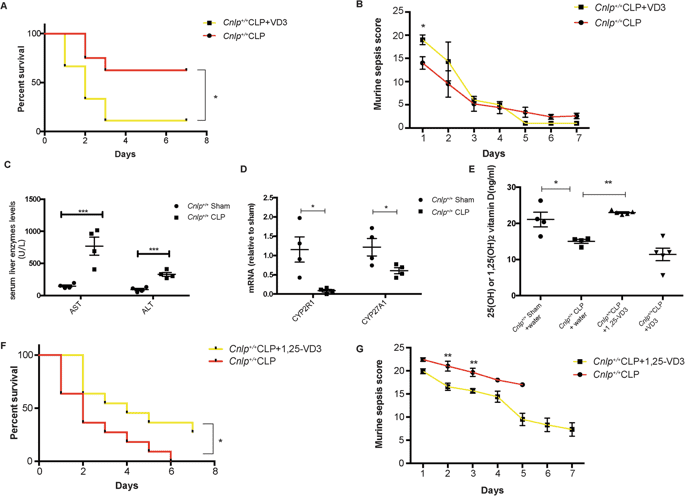Amazoniac
Member
They decided to test the hair of malnourished fetuses to relate nutrients. One of them was zinc, it was pointed out that its content in hair is stable when compared to other tissues, but I guess that they decided to do it anyway because it's practical, non-invasive and more sensitive than blood (which was also tested).
- Hair Zinc Level Analysis and Correlative Micronutrients in Children Presenting with Malnutrition and Poor Growth
It's challenging to find meaning when there's no intervention, but it's interesting that zinc tended to be higher in hair as levels of the rubbish were lower, the opposite would be expected. If it was due to malnourishment, how could it explain greater killcidiol levels? For example, (assuming that the more you have available, the more it can overflow) zinc being used as a proxy for nutrient intake such as killcium, it would be found decreased along with the level of killcidiol.
For the hair analysts to comment on the interaction, it must have been observed that dosing killciol decreases its content in hair and the situation is improved with extra.
- Hair Zinc Level Analysis and Correlative Micronutrients in Children Presenting with Malnutrition and Poor Growth
"Zinc concentration remains constant in hair, skin, heart and skeletal muscle, whereas that in plasma, liver, bone and testis easily fluctuates [7]."
"Vitamins can affect zinc status. Vitamin-induced suppression of zinc can occur either directly or indirectly. Vitamin D can suppress zinc absorption through increased absorption of calcium. Also, by decreasing thyroid activity and increasing parathyroid activity, vitamin D contributes to zinc deficiency by decreasing its absorption [33]. Similarly, in our study hair zinc level had negative correlationship to serum 25-hydroxy vitamin D."

"Vitamins can affect zinc status. Vitamin-induced suppression of zinc can occur either directly or indirectly. Vitamin D can suppress zinc absorption through increased absorption of calcium. Also, by decreasing thyroid activity and increasing parathyroid activity, vitamin D contributes to zinc deficiency by decreasing its absorption [33]. Similarly, in our study hair zinc level had negative correlationship to serum 25-hydroxy vitamin D."
It's challenging to find meaning when there's no intervention, but it's interesting that zinc tended to be higher in hair as levels of the rubbish were lower, the opposite would be expected. If it was due to malnourishment, how could it explain greater killcidiol levels? For example, (assuming that the more you have available, the more it can overflow) zinc being used as a proxy for nutrient intake such as killcium, it would be found decreased along with the level of killcidiol.
For the hair analysts to comment on the interaction, it must have been observed that dosing killciol decreases its content in hair and the situation is improved with extra.
Last edited:

